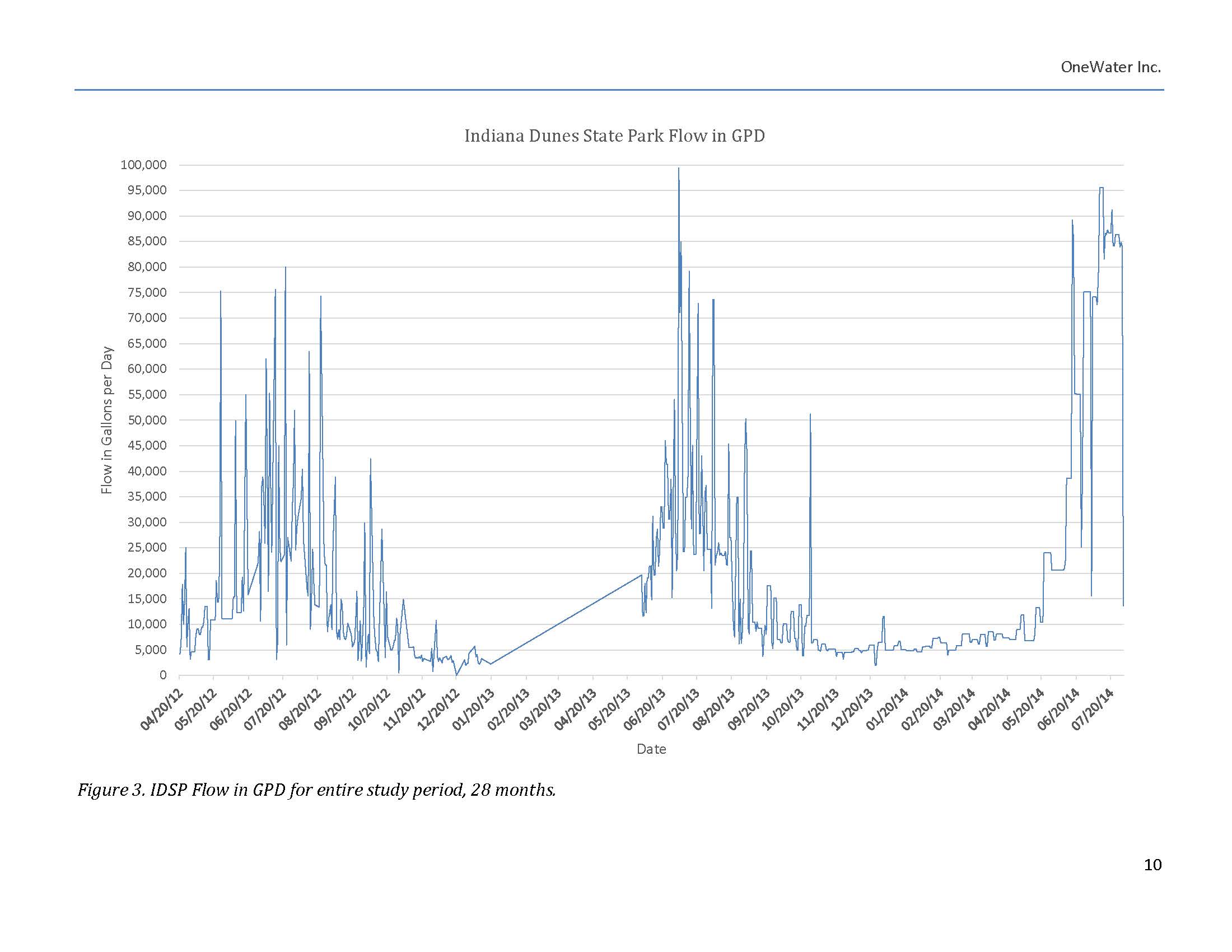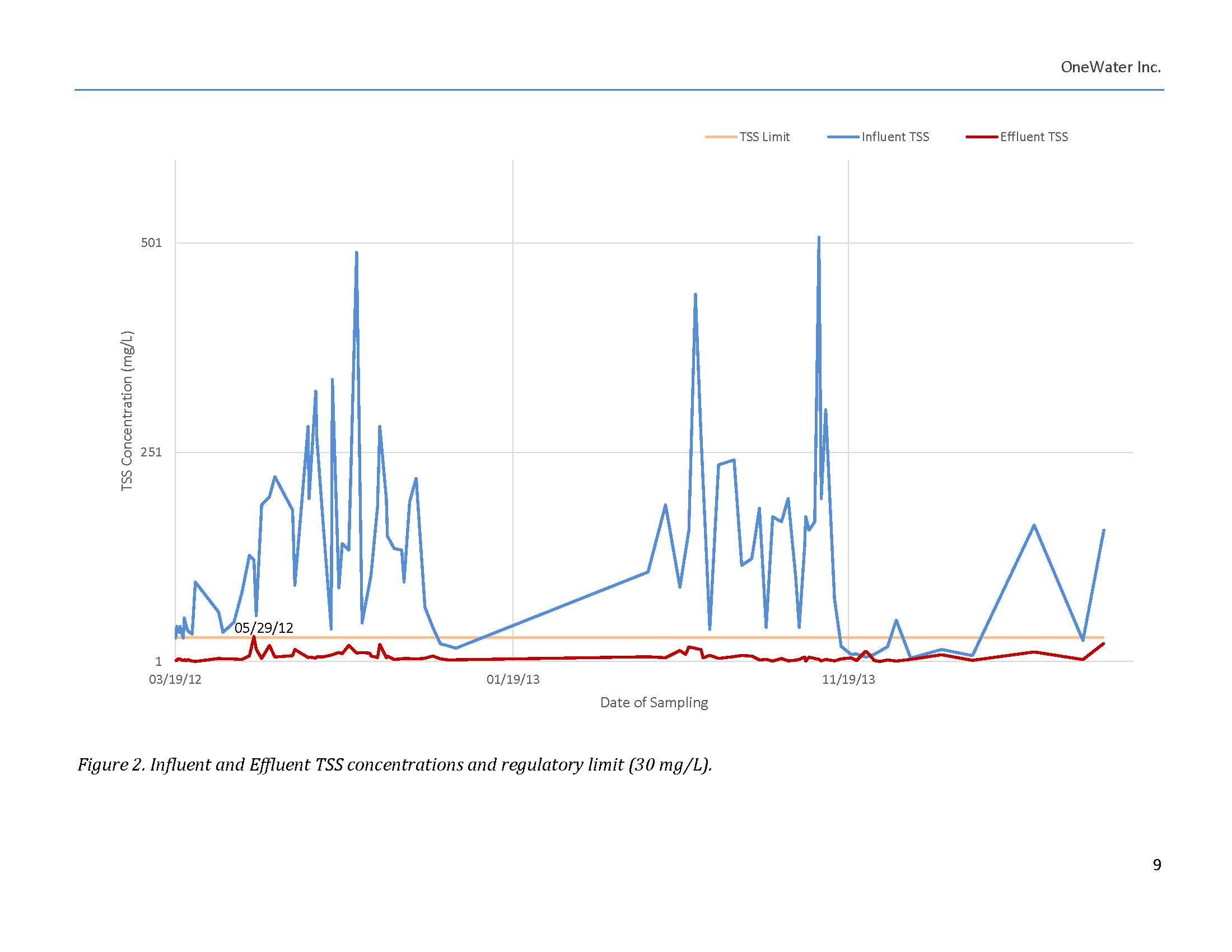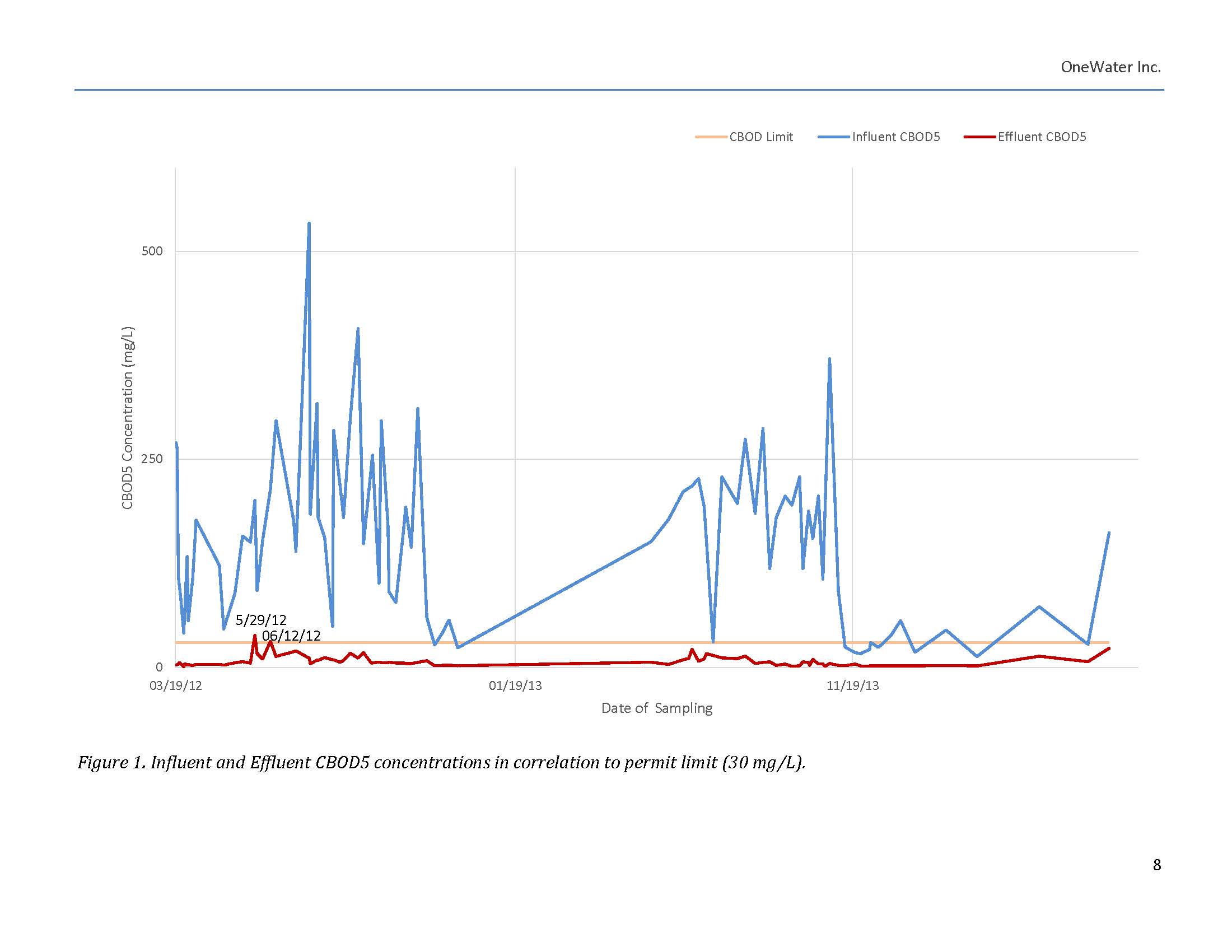Summit Lake State Park Algaewheel Treatment System
City of New Castle, Indiana
The Problem
One of the toughest challenges faced by Owners, Operators, and Engineers is the design and operation of a seasonal wastewater treatment facility. These facilities receive highly variable flows and loadings throughout the year, which makes it very difficult to consistently meet their permitted effluent limits. Adding to this challenge is that most of these seasonal facilities have minimal staff, operate on hairline budgets, and are in dire need of repair/replacement.
The Solution
As a result of the successes experienced by the Indiana Department of Natural Resources (IDNR) at the Indiana Dunes facility, the Commonwealth and One Water Team collaborated with IDNR in the installation of the current generation Algaewheel Treatment System at Summit Lake.
The Summit Lake Algaewheel Treatment System utilizes the existing pre-treatment / screening and effluent disinfection structures. The existing aeration tanks and clarifiers have been taken offline and can be utilized for excess storage and/or flow equalization. The Algaewheel Treatment System replaces the existing, now off-line, aeration tanks and clarifiers and provides superior treatment. The retrofit/replacement took no more than 2 months’ time (from start to finish) and has met permit limits since the time of commissioning.
This system was chosen because it is modest in cost, easy to operate and maintain, readily meets effluent standards even with high variability in flows and loadings, and is operated at a fraction of the electrical costs required by competing “activated sludge” package plant facilities.
Indiana Dunes Algaewheel Performance Analysis
In 2011, the Indiana Dunes State Park, located on the shores of Lake Michigan in Northern Indiana, and The Cincinnati Nature Center, located in Milford, Ohio both installed Algaewheel Treatment System to replace their aging activated sludge treatment plants (package plants).
The advanced algal attached growth system utilizes an ecological balance between algae and bacteria to deliver an efficient and robust treatment system that has the ability to stay viable during periods of low, even zero, flow because of the algae’s ability to use light and CO2 to generate O2 and polymers which supply food to the bacteria.




